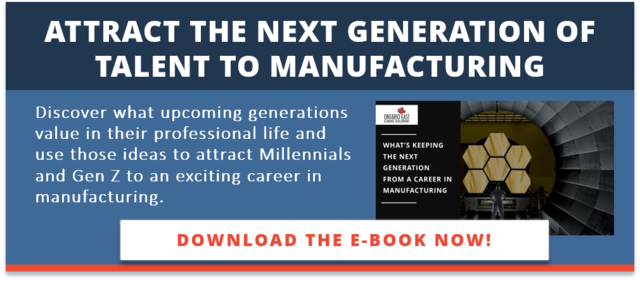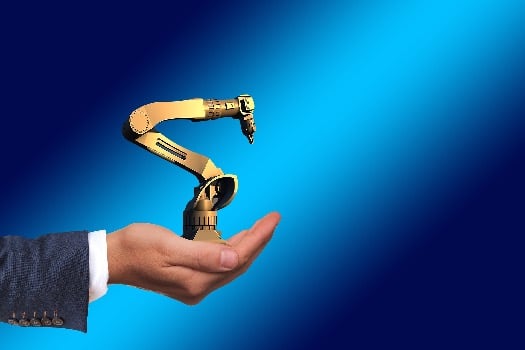You are aware that most often an employee onboarding process can be overwhelming both to the organization and the new employee. Onboarding is often filled with bureaucracy and tedium at best and, at worst, is an experience so unpleasant that it contributes to high employee turnover.
You may be aware of these pitfalls; you’ve probably experienced them yourself. But you may not know that an inefficient employee onboarding process can also affect an employee’s performance. Yes, because of an unpleasant hiring process (manufacturing training or otherwise), an employee actually may not retain as much of their training as they would have if the onboarding process had been efficient and smooth. Their work suffers as a result. This means the employee will require more training to catch them up, and we all know what more training means: less time the employee is working; more cost for the employer.Fortunately, there are steps you can take to improve both the onboarding process and the way you conduct manufacturing training in general. Here are some ideas:
Personalize the Onboarding Process as Much as Possible
Boredom or disenchantment set in during the hiring process when the training feels detached: a one-size-fits-all approach that really fits none; a wide net meant to catch everyone and thereby ends up catching no one.
Remember, joining a new job can be an uncertain and anxiety ridden time. Making an employee feel special and valued right off the bat can have huge benefits to an employee’s training retention. For example, if your employee is still wondering if this company will be a good fit for them and they’re already not feeling valued, they may start to wonder if they’ll be out searching for a new, better job in a few months’ time. If they’re thinking that way, they’ll probably be less willing to commit to memory all this training, especially when there’s so much training to take in.
Millennials are making up a larger part of the workforce as older workers retire, and Millennials often job-hop. A good way to prevent job-hopping is actually to improve your onboarding process, to really entice new Millennial hires.
Personalizing training makes an employee feel special and valued. This will not only make it more likely they want to stay employed at your company, but it will increase their desire to pay attention to training. The new employee will want to make sure they do well at their new job that values them so much.
Automate Training Wherever Possible
Automating forms, video training, and policy education can speed up training and make it more convenient to access and complete, making training more enjoyable. Look for ways to improve the process and make it more efficient. Seek feedback from current employees to find problems with the onboarding process and allow them to make suggestions for improvement.
One way to make training more personalized and automated at the same time is to seek out an e-learning company like Area9 Lyceum. Area9 uses adaptive learning, which is essentially an e-learning style that acts like a private tutor. Adaptive learning caters to a particular learner’s knowledge gaps and avoids retraining subjects the learner already has mastery of. This saves time and boosts learner retention at the same time.
Seeking newer forms of training can help speed up your manufacturing training, make employees feel more valued, and improve job performance.
Make Your Onboarding Process More Attractive
By learning what truly makes workers tick.
External links are provided as informational resources only and are not necessarily endorsed by Ontario East.
References:
https://www.gallup.com/workplace/231587/millennials-job-hopping-generation.aspx
.png)




